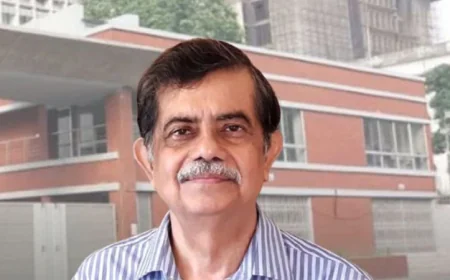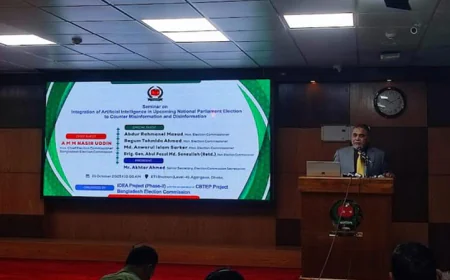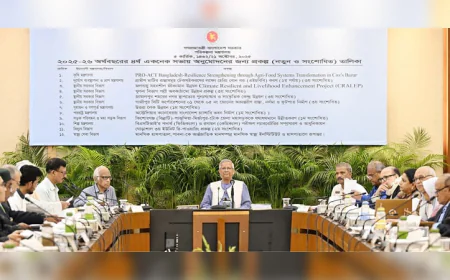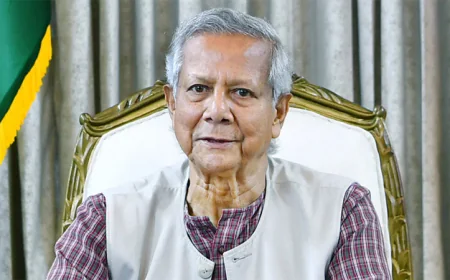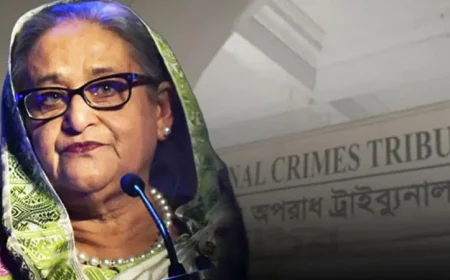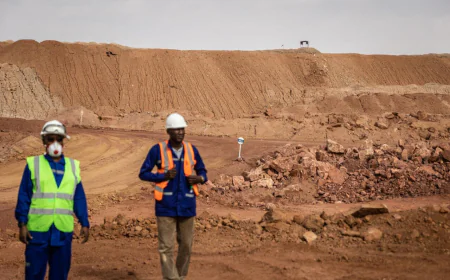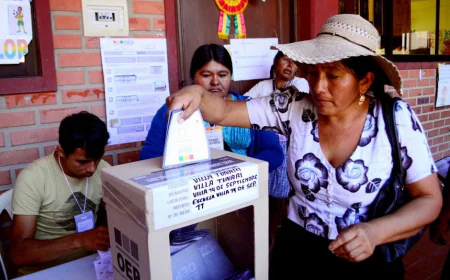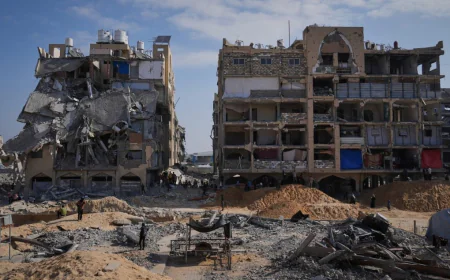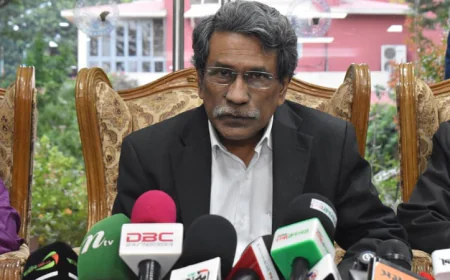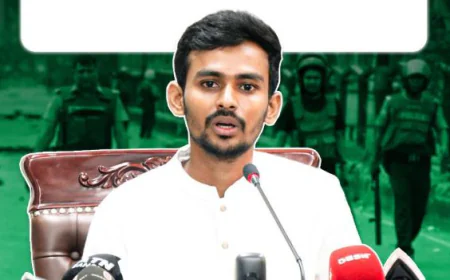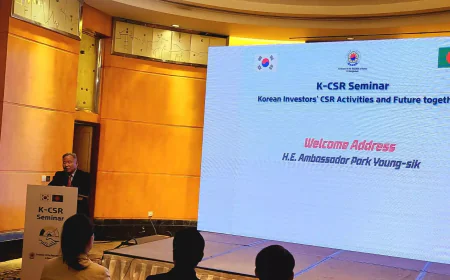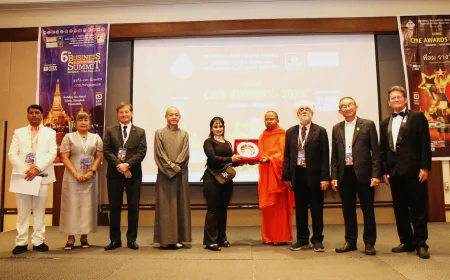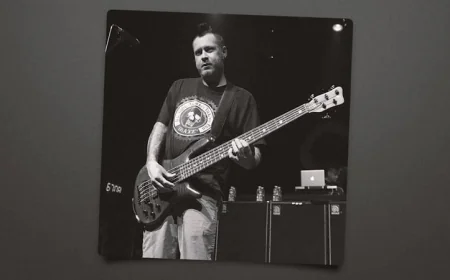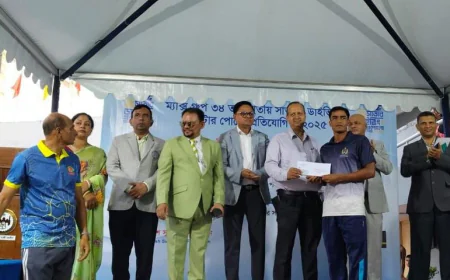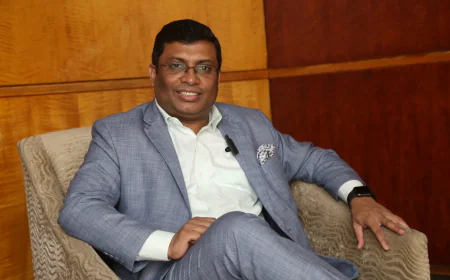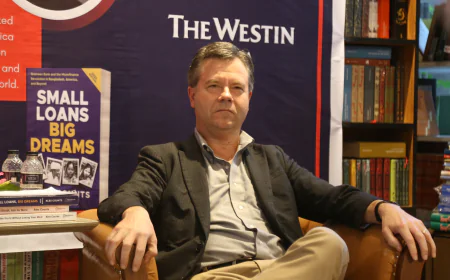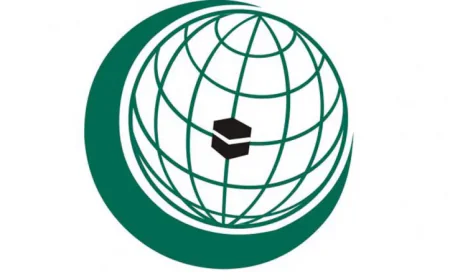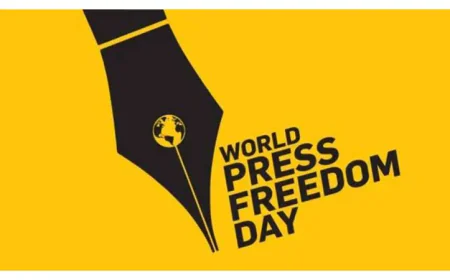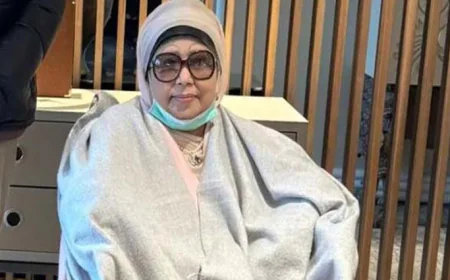Commission Uncovers Torture Devices in All Detention Facilities
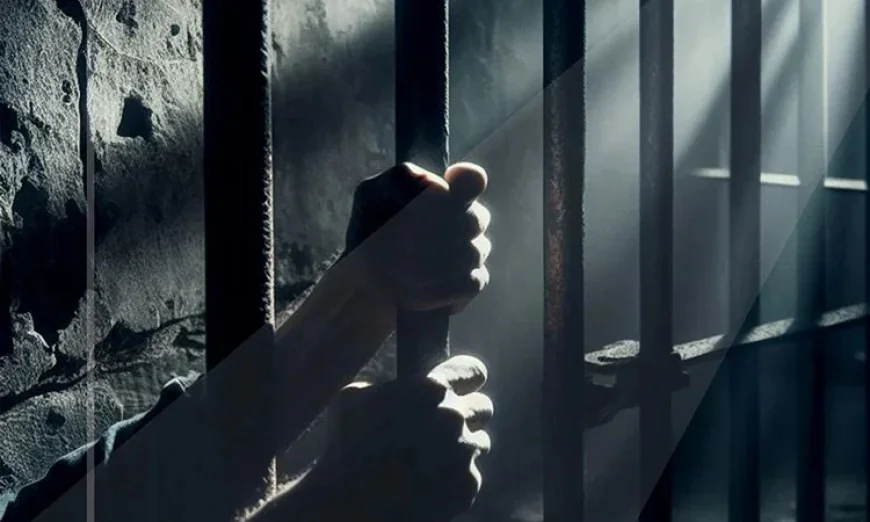
The Commission on Enforced Disappearances has reported the discovery of specialised interrogation rooms equipped with "torture devices" at nearly every detention facility, despite efforts by perpetrators to destroy evidence after August 5, 2024. "Nearly every detention centre we discovered had specialised interrogation rooms equipped with torture devices," reads the seventh chapter of the commission's second interim report. The report noted that significant efforts were made to destroy this evidence, but the commission was able to uncover traces consistent with survivor testimonies. These included a rotating chair at RAB 2 and CPC 3; the "jom tupi" (a head-covering hood) at RAB 4 and DB; and a pulley system used to suspend detainees at the TFI (Taskforce Interrogation) cell. In almost every location where evidence had been destroyed, remnants of soundproofing were found. The system appeared designed to muffle victims' screams and prevent sounds from escaping the walls of the interrogation rooms.
In some centres, music was used to drown out the cries of detainees — and, as the report suggests, possibly for the enjoyment of the interrogators. Victims reportedly endured prolonged physical and psychological abuse, compounded by half food rations, constant handcuffing and blindfolding, and solitary confinement. "The uncertainty of their fate, coupled with these harsh conditions, led to constant distress," the report stated. According to the commission, victims were frequently subjected to enforced disappearances — a tactic that allowed perpetrators to act without fear of legal consequences. The ambiguity over whether a victim would ever be brought before a court or simply disappear from the state’s records created an environment ripe for unchecked abuse. In some cases, perpetrators waited weeks for bruises to heal before making detainees public, ensuring no visible signs of torture remained. The report added that while victims faced generalized discomfort, beatings were the most common form of torture. Other methods included electric shocks — including genital shocks during urination — and the use of rotating devices in the form of chairs or full-body apparatuses.
The commission found that torture was systematic and sustained, noting that personnel were consistently involved over time. The presence of specialised equipment, trained staff, and established methods pointed to an organised operation. "The scale of the abuse and its persistent nature indicate that it was not only condoned at the ground level but likely supported by those at the highest echelon of power," the report concluded. It further noted that such a system could not have existed without explicit approval from senior authorities, citing necessary budget allocations for infrastructure, equipment procurement, and ongoing maintenance. "Responsibility for these crimes against humanity cannot rest solely with the perpetrators on the ground; it extends to commanding officers and senior officials who allowed or even encouraged these practices," the commission stated.
